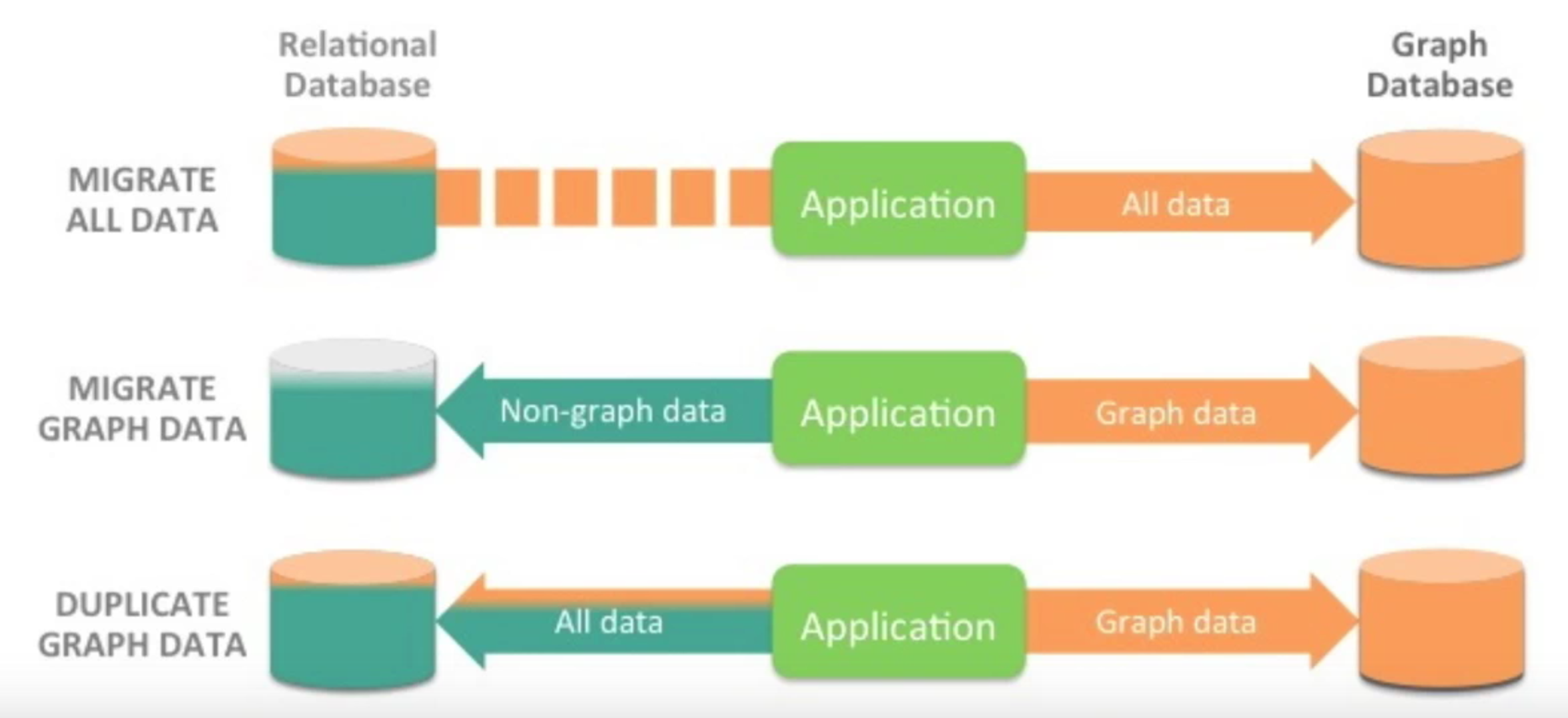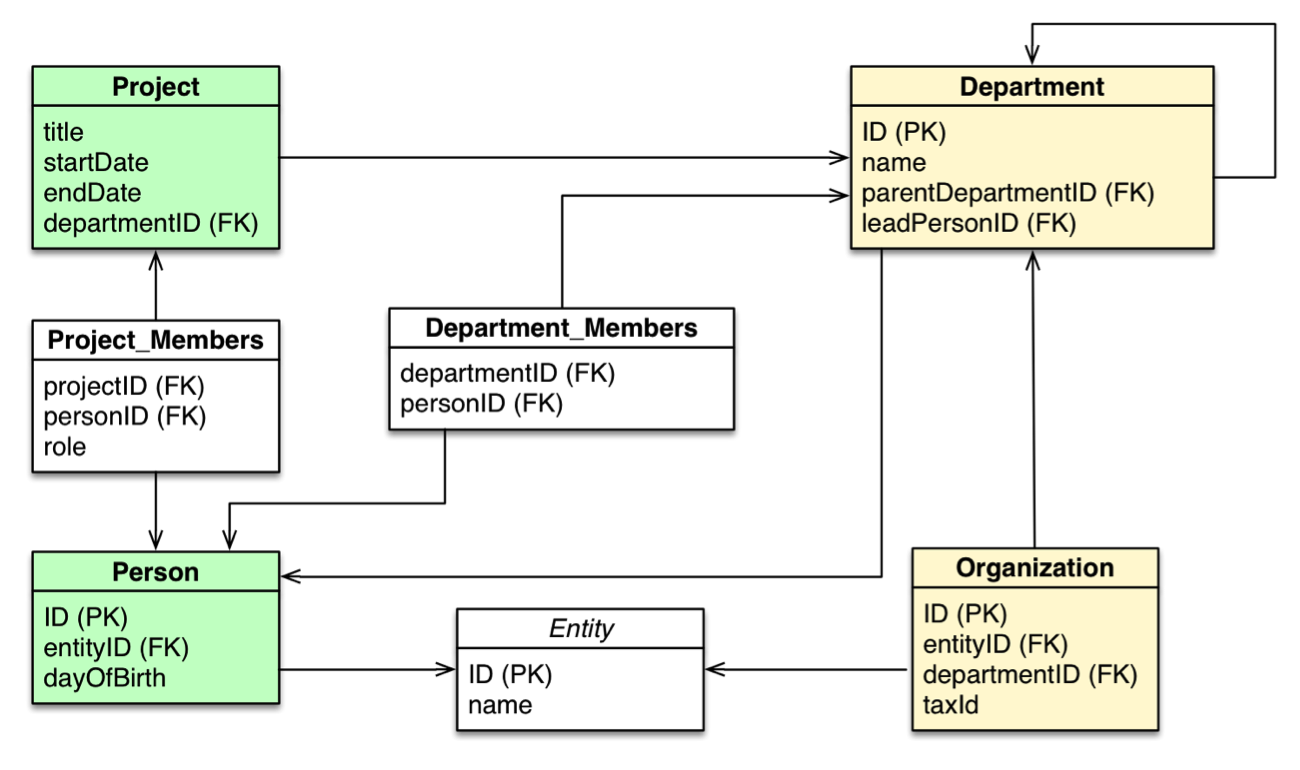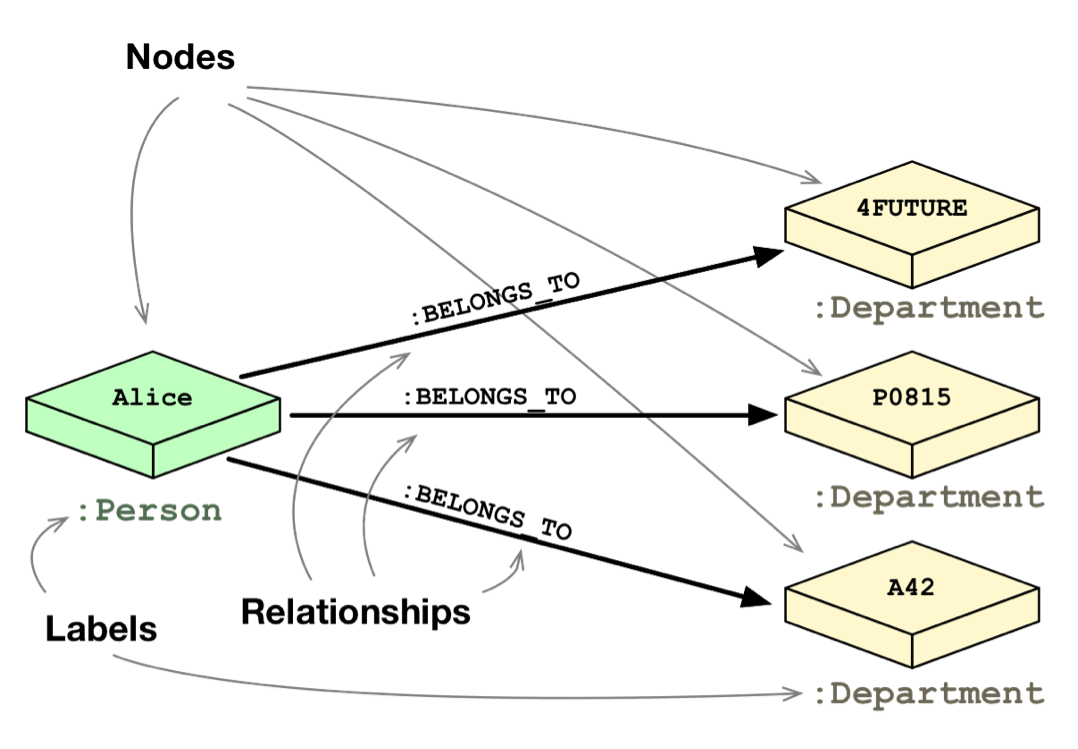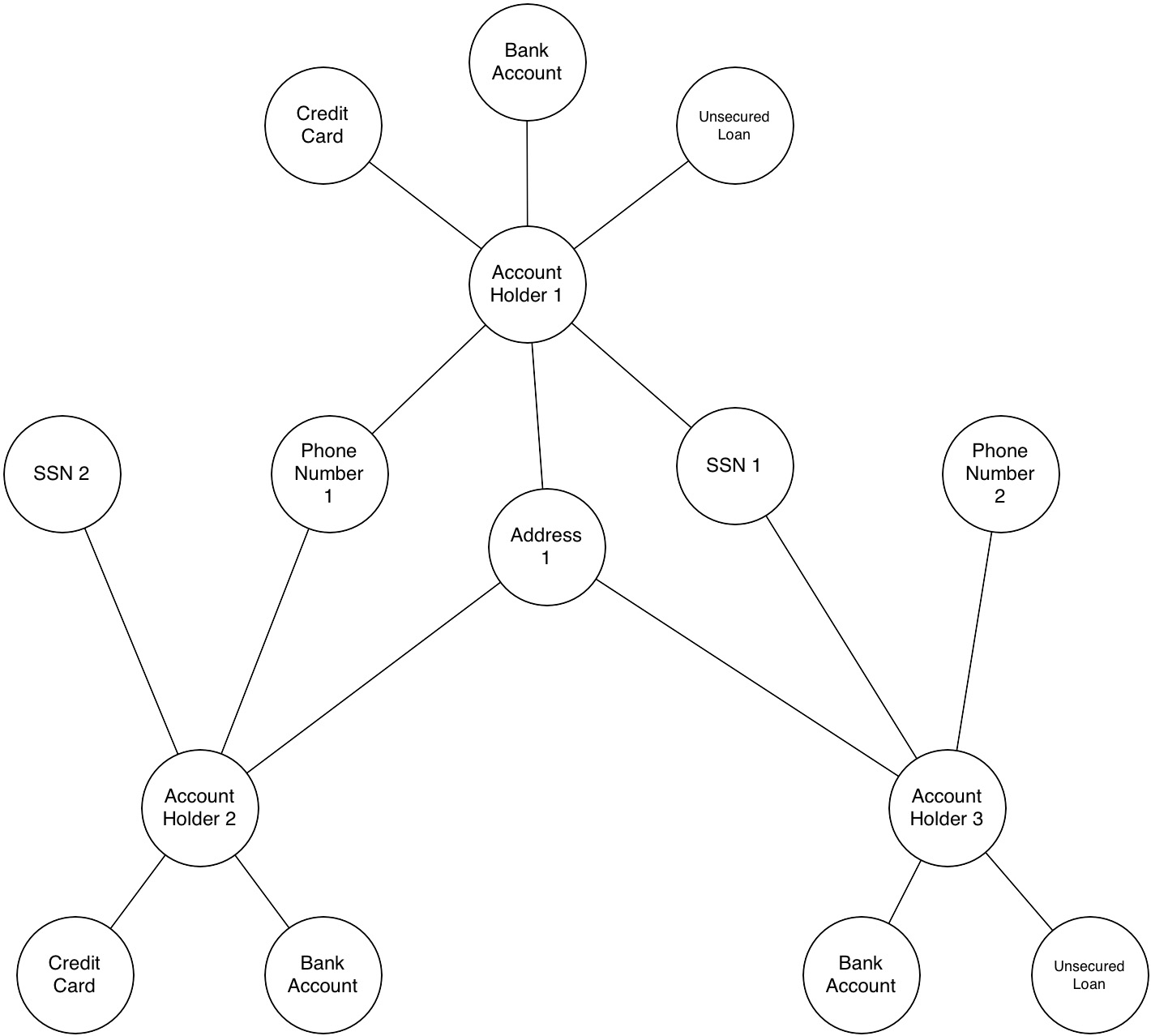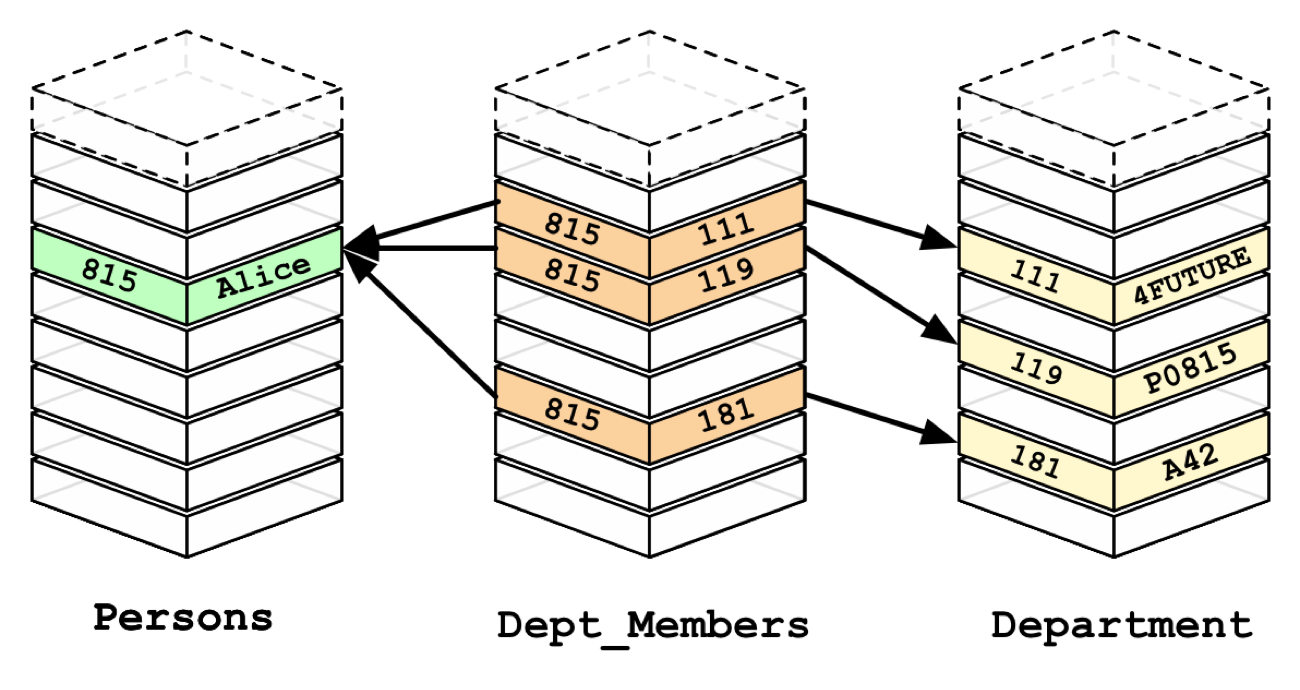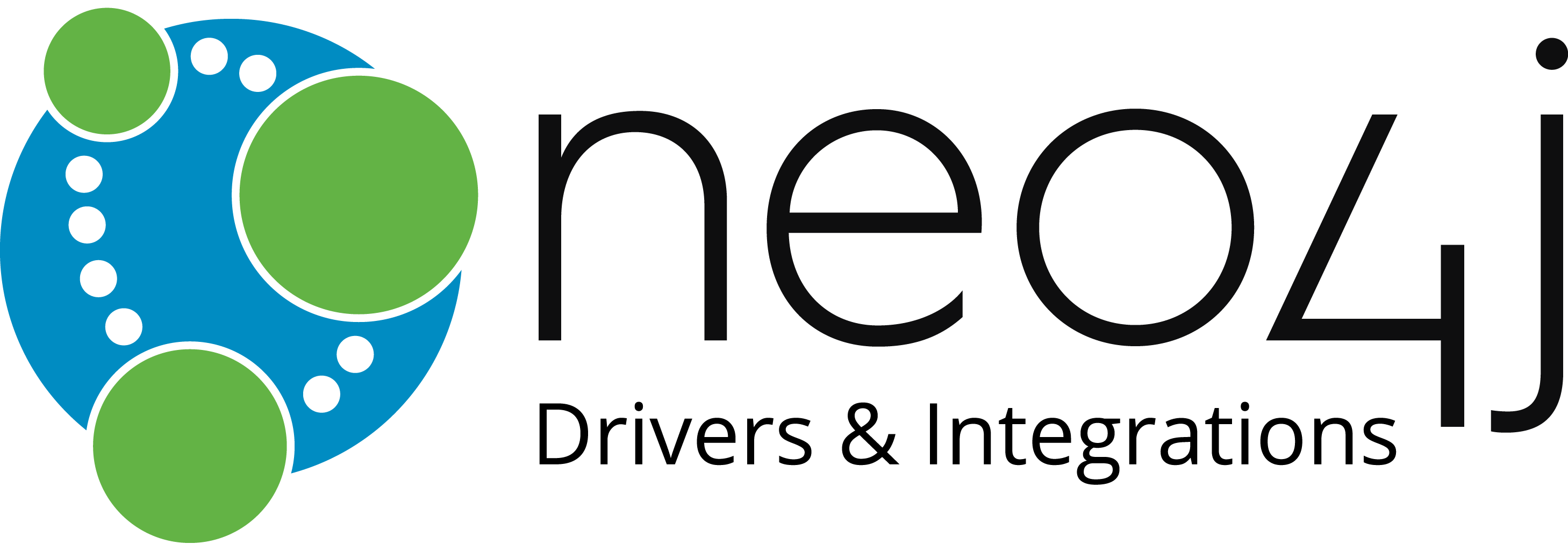
RDBMS & Graphs: Drivers for Connecting to a Graph Database
Mar 21, 2016 7 mins read
Up to this point in this blog series, we’ve covered graph databases in general, only using Neo4j when examples were required. However, when it comes to connecting your application to a graph database, specifics are essential. In this RDBMS & Graphs blog series, we’ll explore how relational... read more
